Dexterous Manipulation with Diffusion Policies
Towards Foundations Models for Control(?)
Russ Tedrake
November 3, 2023




"What's still hard for AI" by Kai-Fu Lee:
-
Manual dexterity
-
Social intelligence (empathy/compassion)


"Dexterous Manipulation" Team
(founded in 2016)
For the next challenge:
Good control when we don't have useful models?

For the next challenge:
Good control when we don't have useful models?
- Rules out:
- (Multibody) Simulation
- Simulation-based reinforcement learning (RL)
- State estimation / model-based control
- My top choices:
- Learn a dynamics model
- Behavior cloning (imitation learning)
"And then … BC methods started to get good. Really good. So good that our best manipulation system today mostly uses BC ..."
Senior Director of Robotics at Google DeepMind


Levine*, Finn*, Darrel, Abbeel, JMLR 2016
Visuomotor policies

perception network
(often pre-trained)

policy network
other robot sensors
learned state representation
actions

x history
I was forced to reflect on my core beliefs...
- The value of using RGB (at control rates) as a sensor is undeniable. I must not ignore this going forward.
- I don't love imitation learning (decision making \(\gg\) mimcry), but it's an awfully clever way to explore the space of policy representations
- Don't need a model
- Don't need an explicit state representation
- (Not even to specify the objective!)
We've been exploring, and seem to have found something...

From yesterday...

Denoising diffusion models (generative AI)
Image source: Ho et al. 2020
Denoiser can be conditioned on additional inputs, \(u\): \(p_\theta(x_{t-1} | x_t, u) \)
A derministic interpretation (manifold hypothesis)

Denoising approximates the projection onto the data manifold;
approximating the gradient of the distance to the manifold
Representing dynamic output feedback
input
output
Control Policy
(as a dynamical system)
"Diffusion Policy" is an auto-regressive (ARX) model with forecasting
\(H\) is the length of the history,
\(P\) is the length of the prediction
Conditional denoiser produces the forecast, conditional on the history


Image backbone: ResNet-18 (pretrained on ImageNet)
Total: 110M-150M Parameters
Training Time: 3-6 GPU Days ($150-$300)

Learns a distribution (score function) over actions
e.g. to deal with "multi-modal demonstrations"



Andy Zeng's MIT CSL Seminar, April 4, 2022

Andy's slides.com presentation
Why (Denoising) Diffusion Models?
- High capacity + great performance
- Small number of demonstrations (typically ~50)
- Multi-modal (non-expert) demonstrations
- Training stability and consistency
- no hyper-parameter tuning
- Generates high-dimension continuous outputs
- vs categorical distributions (e.g. RT-1, RT-2)
- Action-chunking transformers (ACT)
- Solid mathematical foundations (score functions)
- Reduces nicely to the simple cases (e.g. LQG / Youla)
Enabling technologies
Haptic Teleop Interface
Excellent system identification / robot control
Visuotactile sensing

with TRI's Soft Bubble Gripper
Open source:
Scaling Up
- I've discussed training one skill
-
Wanted: few shot generalization to new skills
- multitask, language-conditioned policies
- connects beautifully to internet-scale data
-
Big Questions:
- How do we feed the data flywheel?
- What are the scaling laws?
- I don't see any immediate ceiling
Discussion
I do think there is something deep happening here...
- Manipulation should be easy (from a controls perspective)
- probably low dimensional?? (manifold hypothesis)
- memorization can go a long way
If we really understand this, can we do the same via principles from a model? Or will control go the way of computer vision and language?
Discussion
What if I did have a good model? (and well-specified objective)
- Core challenges:
- Control from pixels
- Control through contact
- Optimizing rich robustness objective
- The most effective approach today:
- RL on privileged information + teacher-student
Deep RL + Teacher-Student

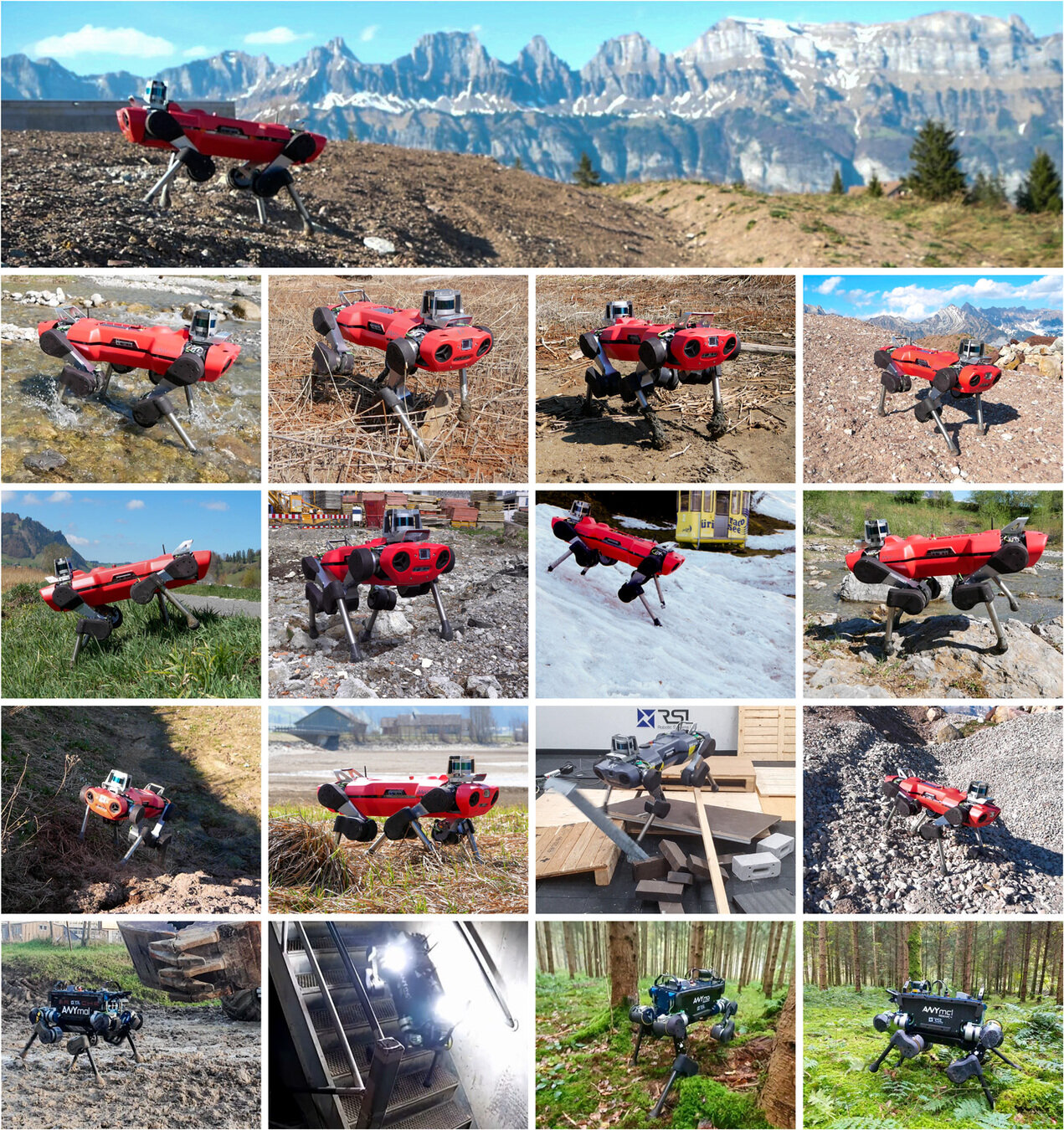
Lee et al., Learning quadrupedal locomotion over challenging terrain, Science Robotics, 2020

Deep RL + Teacher-student (Tao Chen, MIT at TRI)
Understanding RL for control through contact
- Core challenges:
- Control from pixels
- Control through contact
- Optimizing rich robustness objective
Do Differentiable Simulators Give Better Policy Gradients?
H. J. Terry Suh and Max Simchowitz and Kaiqing Zhang and Russ Tedrake
ICML 2022
Available at: https://arxiv.org/abs/2202.00817



The view from hybrid dynamics

Continuity of solutions w.r.t parameters
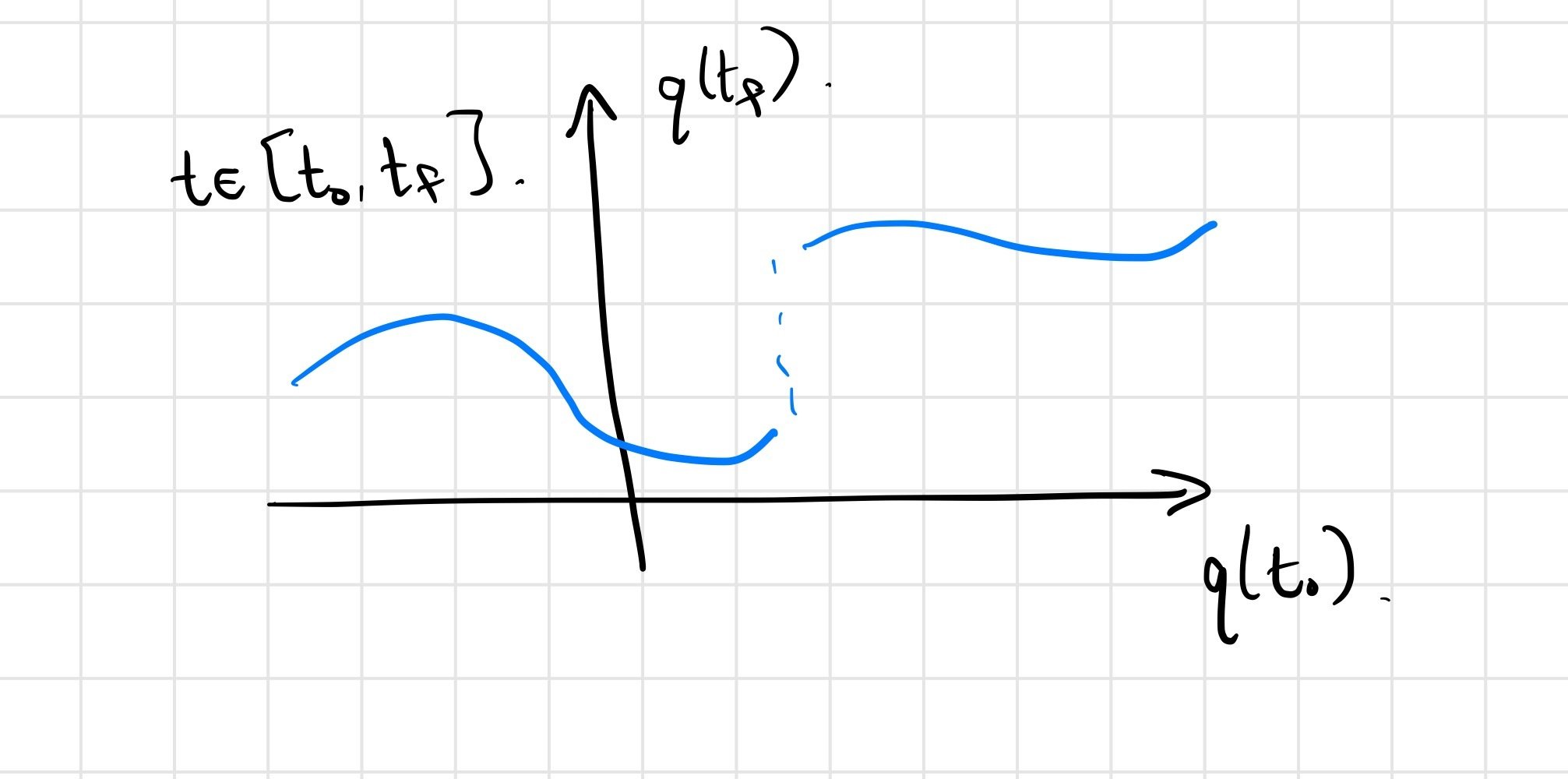
A key question for the success of gradient-based optimization
Use initial conditions here as a surrogate for dependence on policy parameters, etc.; final conditions as surrogate for reward.
Continuity of solutions w.r.t parameters

For the mathematical model... (ignoring numerical issues)
we do expect \(q(t_f) = F\left(q(t_0)\right)\) to be continuous.
- Contact time, pre-/post-contact pos/vel all vary continuously.
- Simulators will have artifacts from making discrete-time approximations; these can be made small (but often aren't)
point contact on half-plane
Continuity of solutions w.r.t parameters
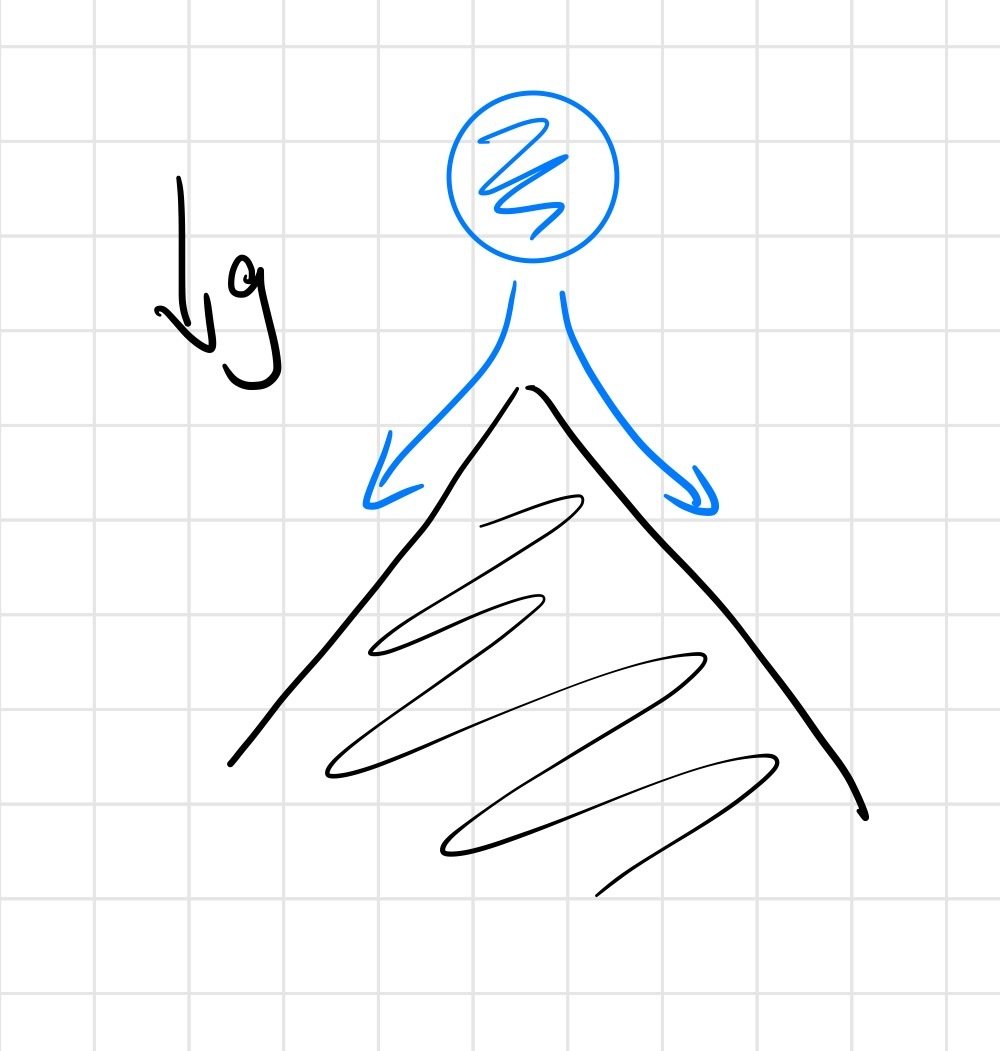
We have "real" discontinuities at the corner cases
- making contact w/ a different face
- transitions to/from contact and no contact
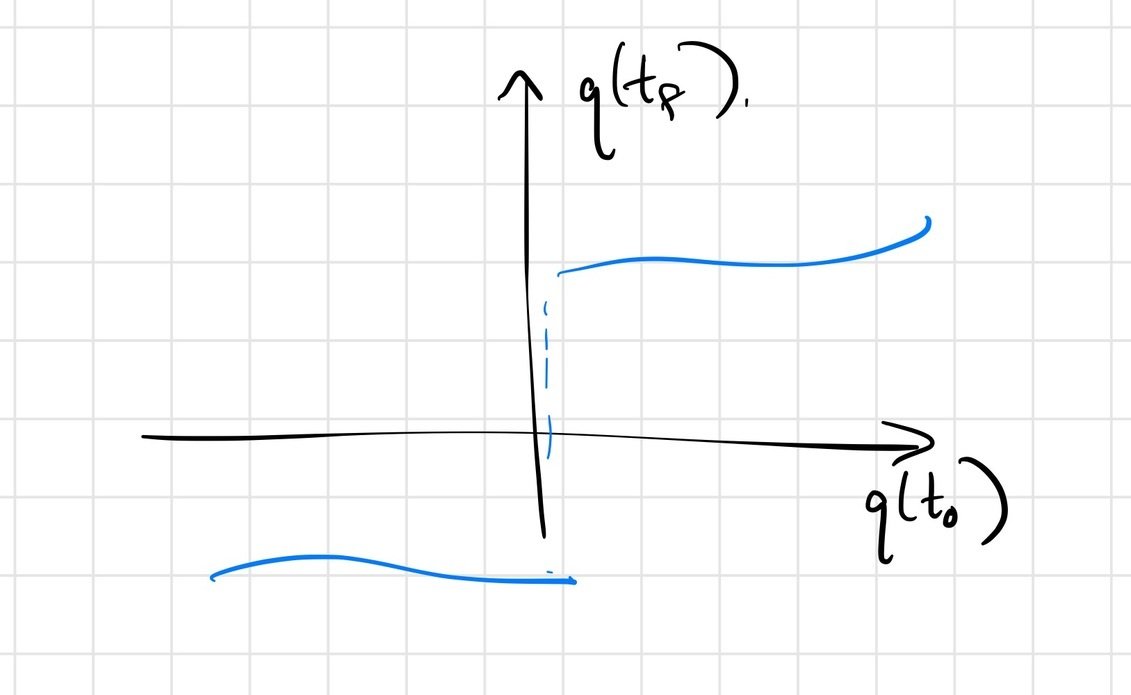
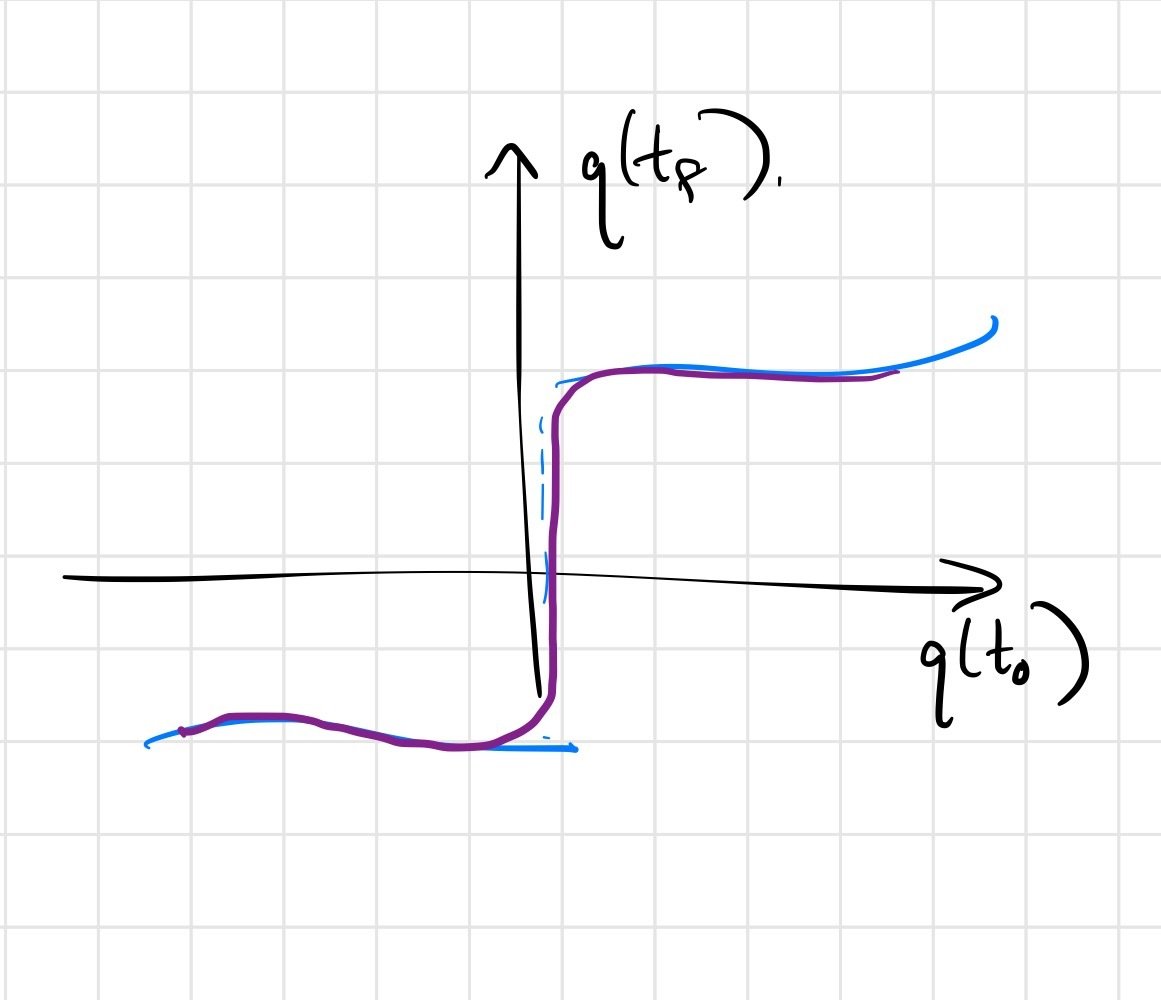
Soft/compliant contact can replace discontinuities with stiff approximations
Non-smooth optimization
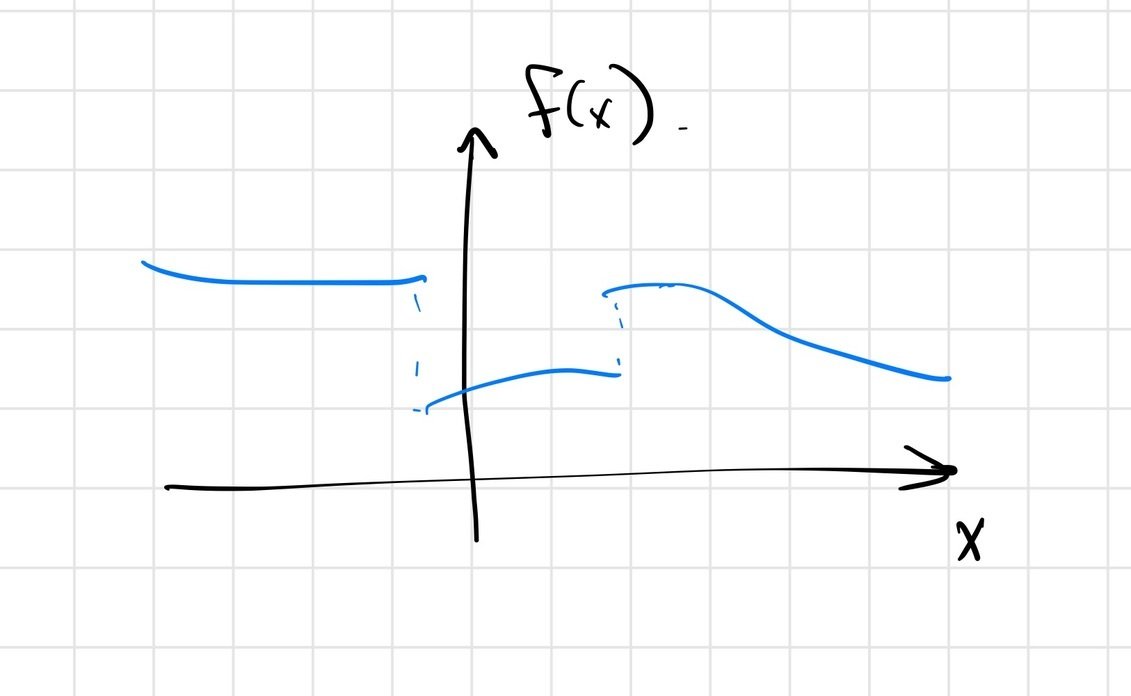
\[ \min_x f(x) \]
For gradient descent, discontinuities / non-smoothness can
- introduce local minima
- destroy convergence (e.g. \(l_1\)-minimization)
Smoothing discontinuous objectives
- A natural idea: can we smooth the objective?
- Probabilistic formulation, for small \(\Sigma\): \[ \min_x f(x) \approx \min_\mu E \left[ f(x) \right], x \sim \mathcal{N}(\mu, \Sigma) \]
- A low-pass filter in parameter space with a Gaussian kernel.

Example: The Heaviside function
- Smooth local minima
- Alleviate flat regions
- Encode robustness


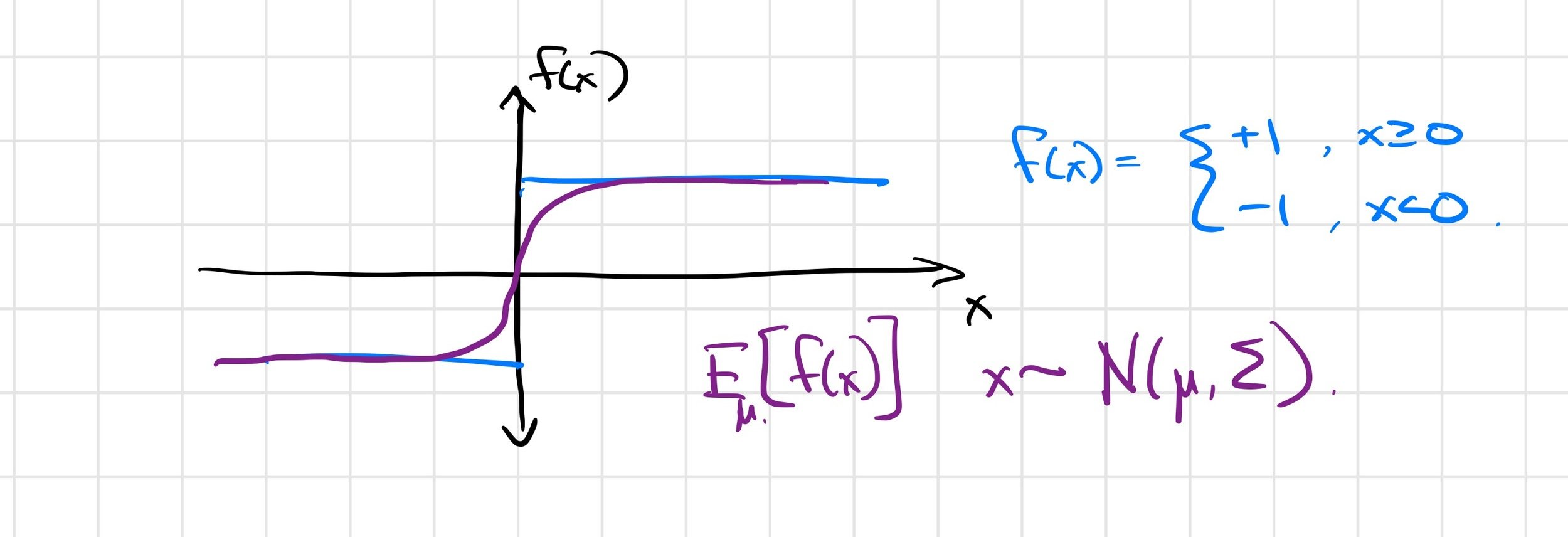
Smoothing with stochasticity

vs
Smoothing with stochasticity for Multibody Contact

Relationship to RL Policy Gradient / CMA / MPPI
In reinforcement learning (RL) and "deep" model-predictive control, we add stochasticity via
- Stochastic policies
- Random initial conditions
- "Domain randomization"
then optimize a stochastic optimal control objective (e.g. maximize expected reward)
These can all smooth the optimization landscape.
What about discrete decisions?

Graphs of Convex Sets (GCS)
(discrete + continuous planning and control)
Graphs of Convex Sets


-
For each \(i \in V:\)
- Compact convex set \(X_i \subset \R^d\)
- A point \(x_i \in X_i \)
- Edge length given by a convex function \[ \ell(x_i, x_j) \]
Note: The blue regions are not obstacles.
Graphs of Convex Sets


Mixed-integer formulation with a very tight convex relaxation
- Efficient branch and bound, or
- In practice we only solve the convex relaxation and round
Main idea: Multiply constraints + Perspective function machinery
Motion Planning around Obstacles with Convex Optimization.
Tobia Marcucci, Mark Petersen, David von Wrangel, Russ Tedrake.
Available at: https://arxiv.org/abs/2205.04422
Accepted for publication in Science Robotics



A new approach to motion planning
Claims:
- Find better plans faster than sampling-based planners
- Avoid local minima from trajectory optimization
- Can guarantee paths are collision-free
- Naturally handles dynamic limits/constraints
- Scales to big problems (e.g. multiple arms)
Default playback at .25x
Adoption

Dave Johnson (CEO): "wow -- GCS (left) is a LOT better! ... This is a pretty special upgrade which is going to become the gold standard for motion planning."
GCS Beyond collision-free motion planning
- Planning through contact.
- Task and Motion Planning / Multi-modal motion planning.
- GCS \(\gg\) shortest path problems (permutahedron, etc).
- Also deep connections to RL.
- Machinery that connects results from tabular RL and continuous RL (e.g. linear function approximators)


Planar pushing (Push T)

More general manipulation
Summary
- Dexterous manipulation is still unsolved, but progress is fast
- Visuomotor diffusion policies
- one skill with ~50 demonstrations
- multi-skill \(\Rightarrow\) foundation model
- We still need deeper (rigorous) understanding
- Randomized smoothing
- Graphs of convex sets (GCS)
- Much of our code is open-source:
pip install drake
sudo apt install drake
Online classes (videos + lecture notes + code)
http://manipulation.mit.edu
http://underactuated.mit.edu


